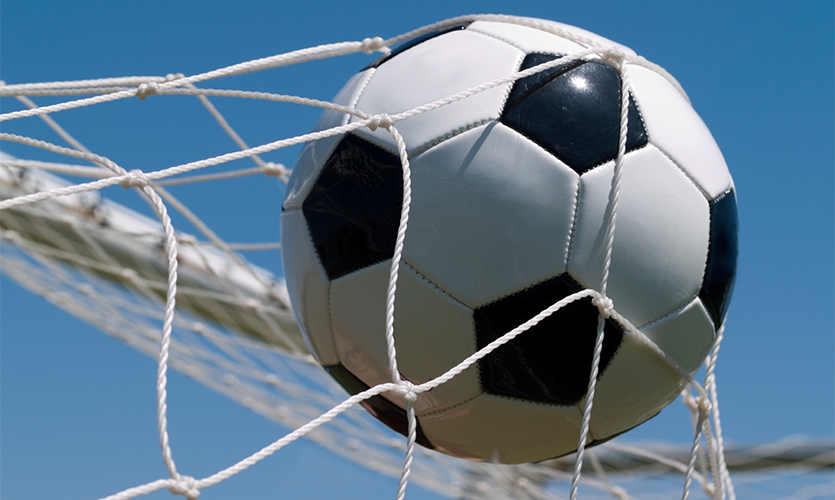Competitive football players have superior vision, LJMU-led study suggests

The visual abilities of competitive football players are substantially better than those of healthy non-athletes, according to the first-ever comprehensive assessment of visual function in English Premier League players, published in Science and Medicine in Football. Researchers from Liverpool John Moores University, led by Professor Simon Bennett from the School of Sport and Exercise Sciences, recruited 49 elite male players from an English Premier League football club as well as 31 intermediate male players (university level). They examined visual functions that are considered critical to sport performance in players of different skill levels and playing positions using the Nike SPARQ Sensory Station.
Average visual clarity, contrast sensitivity, and near-far quickness of competitive footballers (both elite and intermediate) were significantly better than those of non-athletes. However, results showed there was no difference in visual function between the elite and intermediate players.
Interestingly, defensive players displayed faster near-far quickness than offensive players. According to the researchers, this visual function may be particularly helpful to defenders who are responsible for ensuring that the ‘offside trap’ is not broken and typically have to quickly switch their attention, and therefore eye gaze, between several opponents in near and far locations.
The assessments included visual clarity (ability to see detail at a given distance), contrast sensitivity (ability to detect an object against a background), near-far quickness (ability to change eye gaze and attention between near and far distances), and target capture. The researchers then compared these data to those from a study of 230 healthy non-athletic men and women using the same apparatus.
The study highlights the importance of good vision in football and the potential for gaining a competitive edge through vision support and training. However, the authors stress the limitations of the study and the need for further investigation to consider the specific visual demands of player position and the role for regular eye examinations.
According to Professor Simon Bennett: “While these findings add to the growing evidence that a good level of vision could be important in dynamic invasion sports, future studies need to determine the precise nature of the relationship with on-field performance.”
The research was covered across international media including Science Daily The Daily Express The Daily Mail Eurek Alert Optician Online Health Day and Let’s Run
Now in its 20th year, the Research Institute for Sport and Exercise Sciences is first in the UK for Research Quality according to the REF2014


